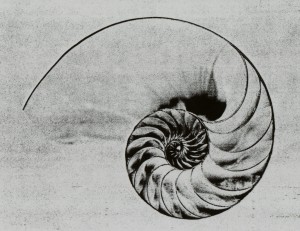Within the first few weeks of our teacher education program, we were asked to start thinking about our teaching philosophy. As I had spent little time in the classroom, this was an exercise, which was difficult as we had mostly theory to draw upon. As the year advanced, I continued to find this challenging as bridging the gap between theory and practice is a continual cycle of reflection and action which can get lost in the details of daily existence as both a student and a teacher!
As a foundation to my teaching philosophy, I think it is essential to mention the Standards for the Education, Competence and Prodessional Conduct of Educators in BC. These form the basic principles which outline the profession that I am entering and I will elaborate on a few of these standards below.
“Educators value and care for all students and act in their best interests.”
This statement makes me thinks of Nodding’s Ethics of Care, and the emphasis that she puts on treating each child as a wonderful whole being, whose potential is larger than the parts, and whose personhood is dependant on his positionality, and as such we must treat this inidividual with care, acknowledging that it is crucial to to create a relationship of care as ‘one who is concerned with behaving ethically strives always to preserve or convert a given relationship into a caring relation’ (Noddings, 1988, ) . A friend of mine summed up her class rules as:
I take care of myself
I take care of others
I take care of my surroundings
I think that these three statements are a great way to sum up the expectations that I have of myself, and of my students. Taking care of ourselves, each other, and the communities and environments we inhabit is important to me.
“Educators value the involvement and support of parents, guardians, families and communities in schools.”
From my perspective, the education system should try and meet the needs of the community in which the education takes place. This means that educators must create relationships with the communities in which they are teaching, whose children they are spending their days with, and whose opinions about their children’s education should be taken into consideration. I would like to continue being inspired by place based education as described my Inwood. I hope to infuse my teaching with place-based, authentic learning experiences which “seeks to establish connections between learners and their own neighbourhoods, increasing he relevance of curriculum and making it directly applicable to their lives” (Inwood 2011, 214)
“Educators engage in career-long learning”.
A truly wonderful and sometimes dizzying fact is that there is always more to learn, and always more to perfect! As a beginning teacher, I feel like I have much to learn. I am particularly curious about the practical applications of constructivist theory and child centred pedagogy were introduced to us, and I would like to further my understanding of these theories of eduction, and delve deeper into these. I am interested also in deepening my understanding of Paolo Freire’s work on transformative education, as well as other humanist educators who would like to engage the whole child and seek to increase their self-esteem and decision making capacities.
Noddings, N. (1988). An ethic of caring and its implications for instructional arrangements. American Journal of Education, 96(2), 215-230.
